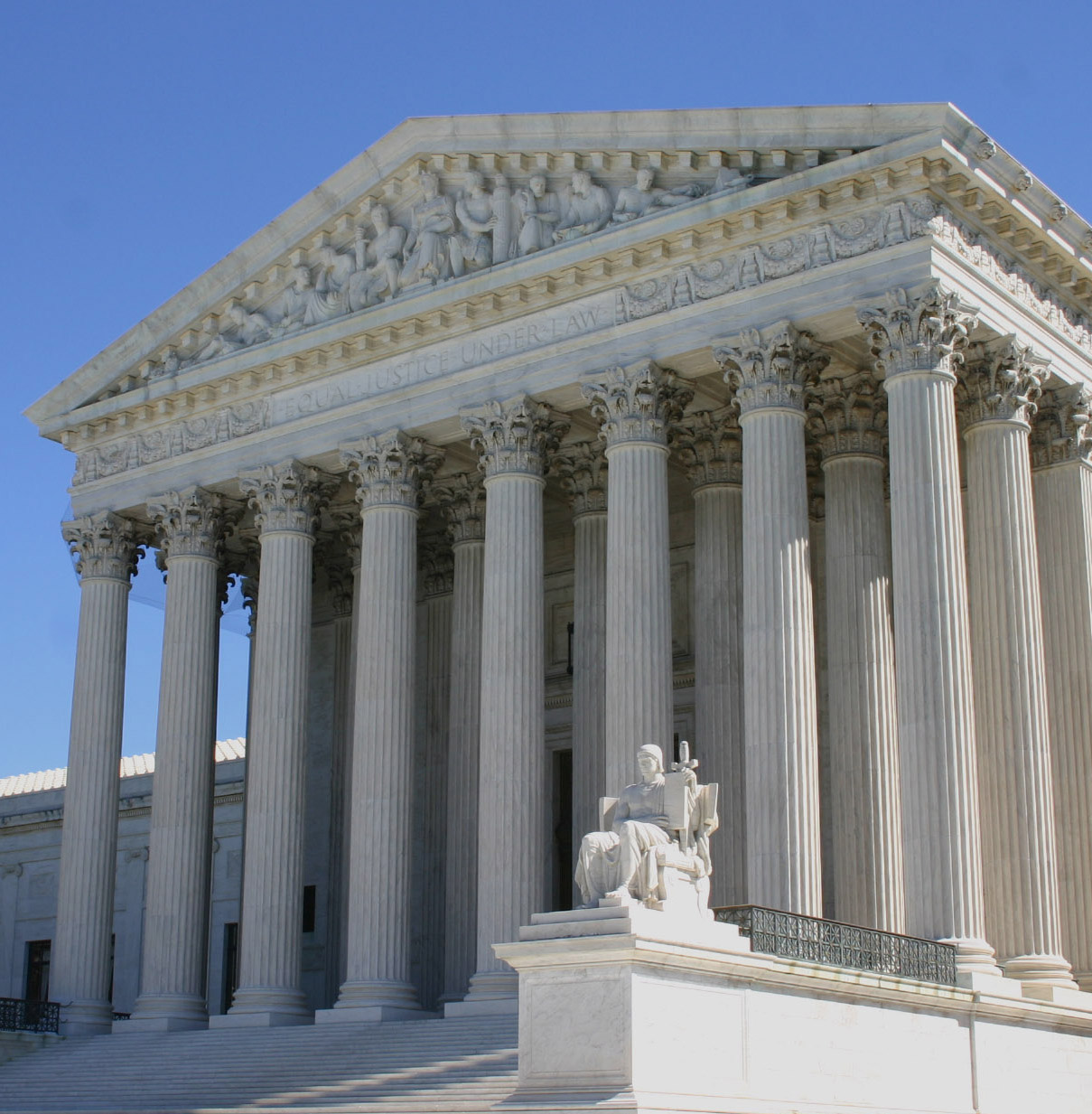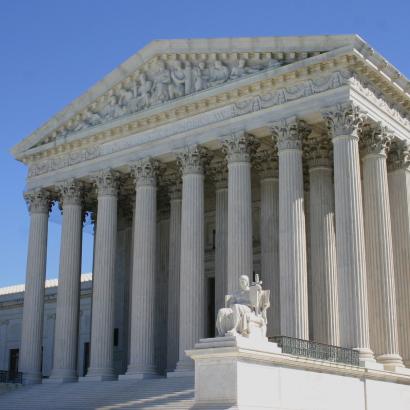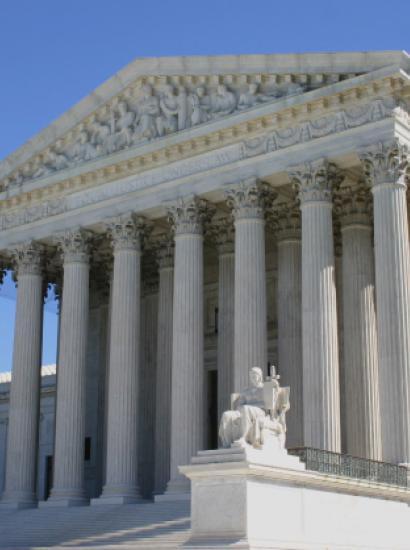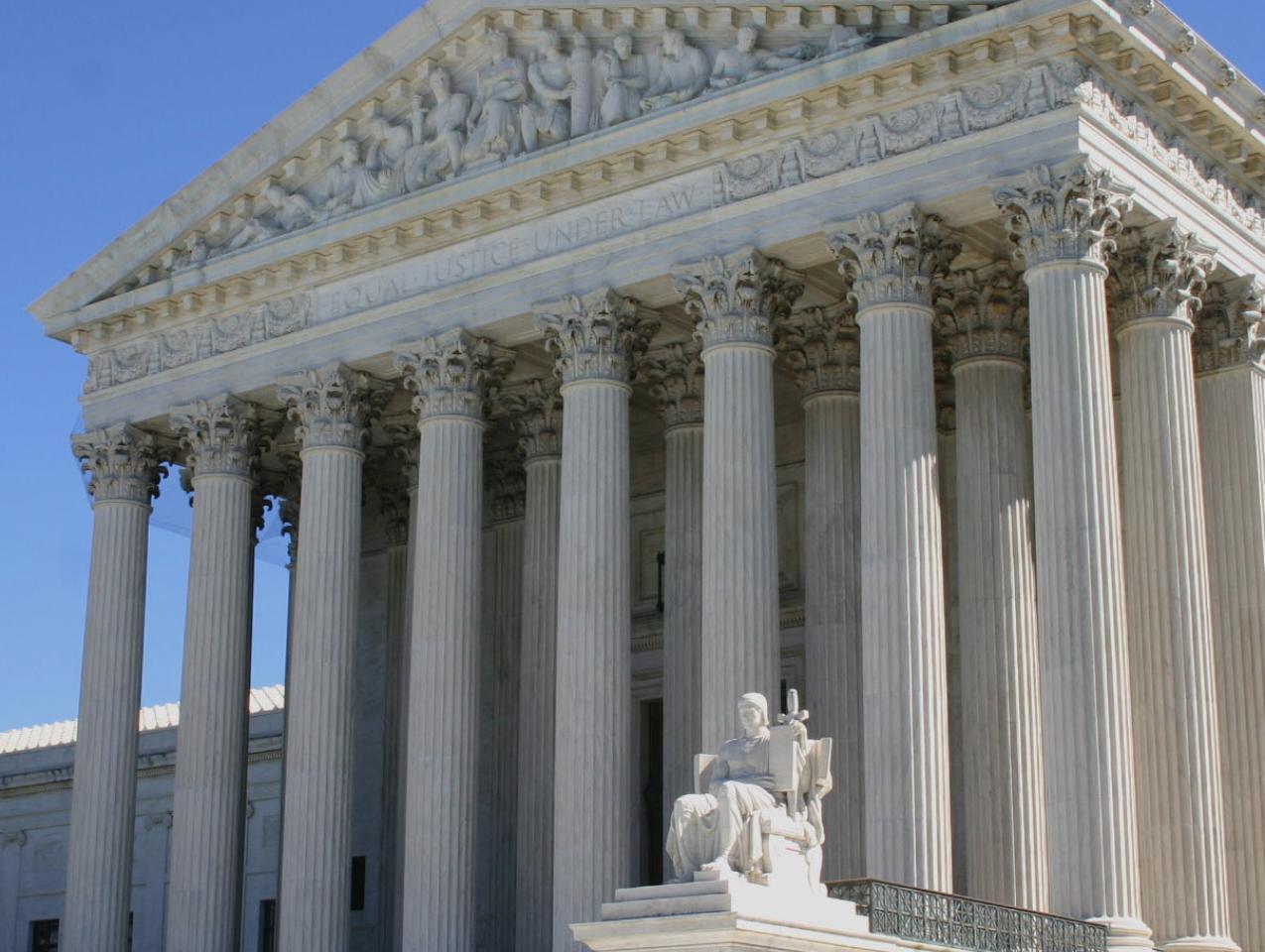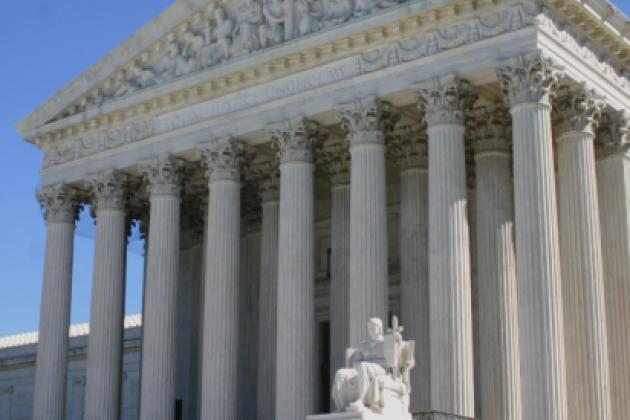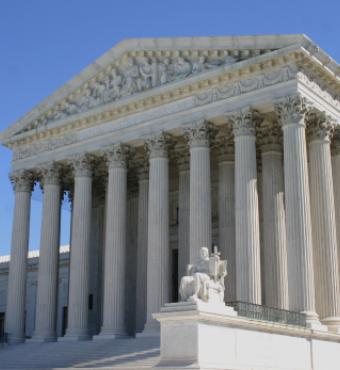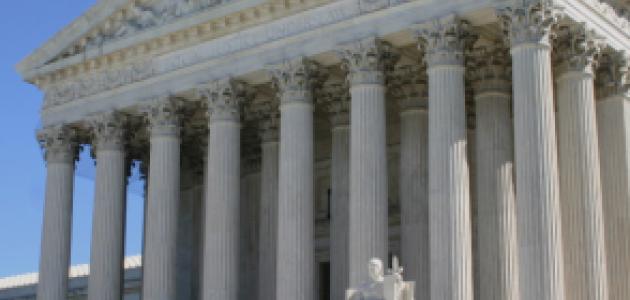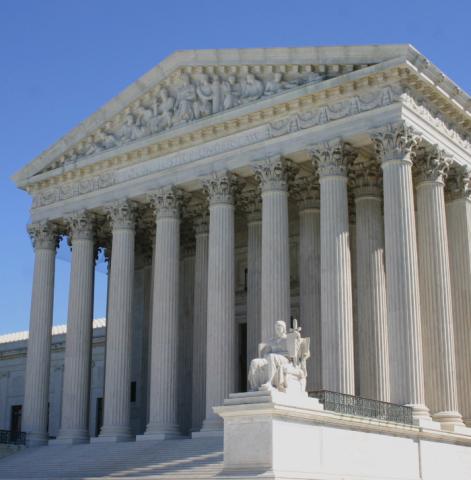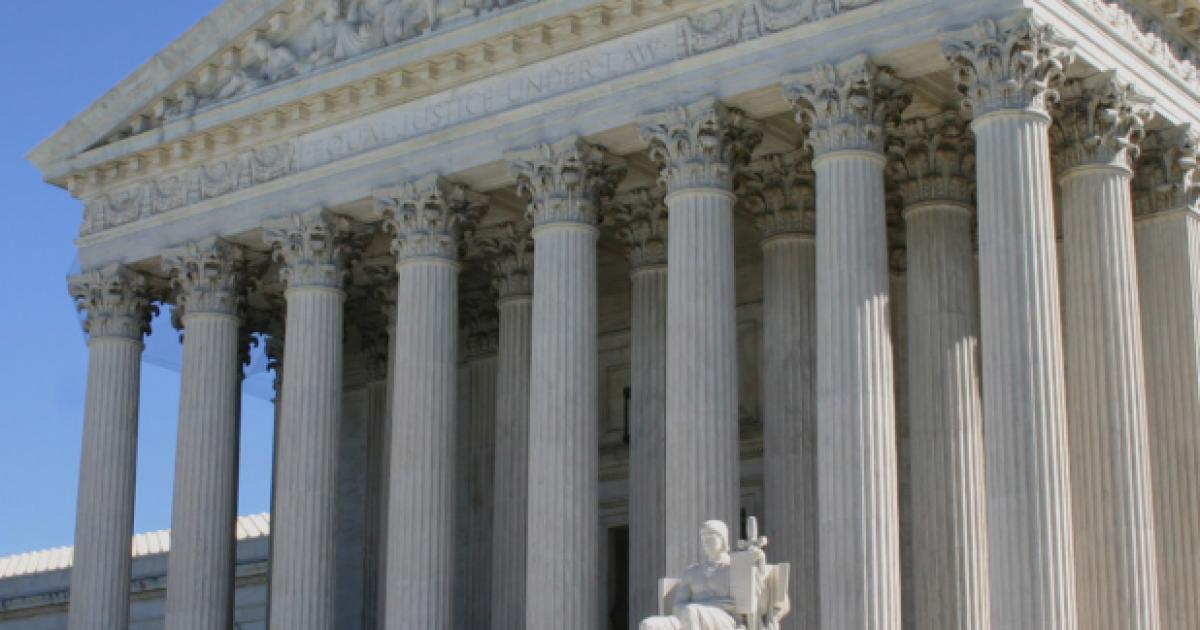- Law & Policy
In South Dakota v. Wayfair, Inc., to be argued before the Supreme Court next week, the Justices face the question of whether individual states are allowed to impose a sales tax on goods that are purchased from vendors, often online, that do not have some physical presence in the state to which the goods are shipped. This deceptively arcane question has sparked over forty Amicus Curiae briefs, including one in support of South Dakota—the state that wants to tax such sales—by the Solicitor General of the United States.
It’s a passionate issue. On balance, I would stick with the current law, as stated in the 1992 case of Quill v. North Dakota: the Constitution prevents any state from imposing that tax. The result is that many small companies that operate only in a single state are able to sell their goods across state lines tax-free, while larger retailers (including giants like Amazon) that have storage and office facilities in many states find themselves saddled by a tax that their competitors do not have to pay. Tax imbalances generally distort economic choices. The Supreme Court took the case to decide whether changed circumstances in the retail market since Quill justify overruling the earlier decision.
The problem is a classic illustration of second-best analysis. In my cautious view, the current uneasy status quo should be retained judicially as the lesser of two evils. Right now, sales taxes in the 45 states that impose them are largely concentrated in the 5 to 10 percent range, with added complications given that different states exempt different goods from taxation. The inherent complexity of this subject will in the end yield a tractable solution only if Congress organizes a taxing facility that can ease the enormous burdens that arise when, as Wayfair’s brief stresses, some 12,000 independent state and local taxing authorities unilaterally impose additional taxes against online retailers, both large and small.
Indeed, the best solution might just be the simplest one: Congress sets up a facility to tax all these transactions at around the median tax rate, say 7 percent, which it then can distribute pro rata to the various states, who in turn can divide them with local governments in whatever form they see fit. This solution imposes a tricky set of tradeoffs. In order to make the system easier to operate, it forces states to receive lower revenues per taxable transaction in exchange for reaching a larger tax place. Other possibilities will surely remain on the table.
To see why this solution is sensible, it is necessary to start with first principles. Constitutionally, there are two possible grounds to block the imposition of the tax. The first of these is an outgrowth of the Due Process Clause of the Fourteenth Amendment, which commands that no “State shall deprive any person of life, liberty or property, without due process of law.” That principle has proven powerful enough to shield any party from taxation by a jurisdiction with which it does not interact. But the effort of online sellers to reach customers across the country makes it hard for them, as Quill held, to steer clear of all interaction with such localities and thereby avoid local taxes.
Quill did offer the retailer relief under the oddly-named “dormant commerce clause,” which is said to derive from the text of the Commerce Clause giving Congress the power “to regulate Commerce with foreign Nations, and among the several States, and with the Indian Tribes.” On its face the Commerce Clause confers powers on Congress but does not appear to subtract any powers from the state. But as early as 1824, the concurring opinion of Justice William Johnson in the Supreme Court case of Gibbons v. Ogden suggested that in some instances the simple presence of the Commerce Clause in the Constitution precludes the states from regulating interstate commerce at all without, of course, Congressional intervention.
Notwithstanding its dubious textual pedigree, the dormant commerce clause is an essential element in the constitutional creation of a national market because it prevents individual states from using their powers of taxation and regulation to hinder or block the shipment of goods and services across state lines. At one point, that protection was so extreme that the Supreme Court, in Freeman v. Hewit (1946), shielded the interstate commerce in goods or services from all regulation and taxation, which gave those goods and services a systematic advantage over local goods that were subject to taxes. That result was overturned in the important 1977 decision Complete Auto Transit, Inc. v. Brady, which denounced Freeman “as a triumph of formalism over substance” that “has no relationship to economic realities.” In Freeman’s stead, Complete Auto Transit proposed a four-part test that states that the Court will sustain a tax against a Commerce Clause challenge so long as the “tax [1] is applied to an activity with a substantial nexus with the taxing State, [2] is fairly apportioned, [3] does not discriminate against interstate commerce, and [4] is fairly related to the services provided by the State.”
Complete Auto Transit was a well-established precedent when Quill came before the Supreme Court in 1992. Indeed, the state of North Dakota took up the same “changed circumstances” argument in 1992 that is put forward by South Dakota today. The original immunity from state taxation had been laid down some 25 years before Quill and 10 years before Complete Auto Transit, in National Bellas Hess v. Illinois, which had refused to impose a compensating “use” tax on goods “upon a seller whose only connection with customers in the State is by common carrier or the United States mail.” Faced with this precedent, Justice John Paul Stevens in Quill rejected the invitation to overturn Bellas Hess on the ground urged by the North Dakota Supreme Court that the sharp rise in direct mail deliveries constituted a “tremendous social, economic, commercial, and legal” innovation rendering Complete Auto Transit obsolete. More specifically, he held that the first and fourth requirements, dealing with “substantial nexus” and “fair relation” to services provided were unchanged notwithstanding the increased level of volume. Justice Stevens was not apologetic about this result, for he noted that although the rule “appears artificial at its edges,” that disability is “more than offset by the benefits of a clear rule.”
In my view, this statement is as applicable today as it was 26 years ago. The matter might appear to be relatively unproblematic if the South Dakota tax program is taken in isolation from the onslaught of other state and local taxes that will be imposed if Quill is undone in this case. The shipment of goods and services across state lines is a mass production operation, so that any uncertainty in the application of these many different rules will quickly spread throughout the entire system, which could result in inconsistent claims for taxation for entire classes of transactions in ways that we can only dimly foresee today. And lost in the justifiable claim for tax parity across different modes of the provision of goods and services is the simple point that the creation of this tax exemption has fueled an expansion of interstate transactions that has been a real boon to the economy.
Accordingly, the case for holding the line on Quill is that keeping the status quo is, now that the pressures on the old system are building up, more likely to lead to some form of Congressional action that could mend the current situation. If individual states and localities are allowed to impose their own sales taxes, they are likely to become a strong lobbying force to keep the status quo, from which they obtain short-term benefits. The resulting potential for opportunism could slow down the growth in online sales, which in turn will reduce the productive activities that generate, in addition to private income and wealth, other forms of tax revenue, most notably on labor and real property. But with Quill intact, these same states have much more incentive to push through Congress some proposal that would fix the situation.
A December 2017 GAO Study on sales taxes indicates remote sellers already have to pay between 75 and 80 percent of the total taxes that would be collected if sellers were required to pay local taxes on all transactions, which means that expanded taxing collection is estimated to produce somewhere between $8 billion and $13 billion in additional tax revenues. These amounts are large enough to worry about, but not so large as to justify an administrative nightmare. If the Supreme Court just overturned Quill, it would do nothing to stem the confusion. But introducing the single taxing facility would eliminate the game playing that now constantly ensues when buyers have goods shipped to some second address in a low-tax state where they are then picked up for actual use in a high-tax state. A single tax would ease collection, get rid of the fancy software for tax assessments and distribution that never quite works, and reduce the distortionary effects of higher state sales taxes. Clearly, much work has to be done. Keeping Quill in place is probably the best way to get Congress to complete its work. Tough case, all around.







